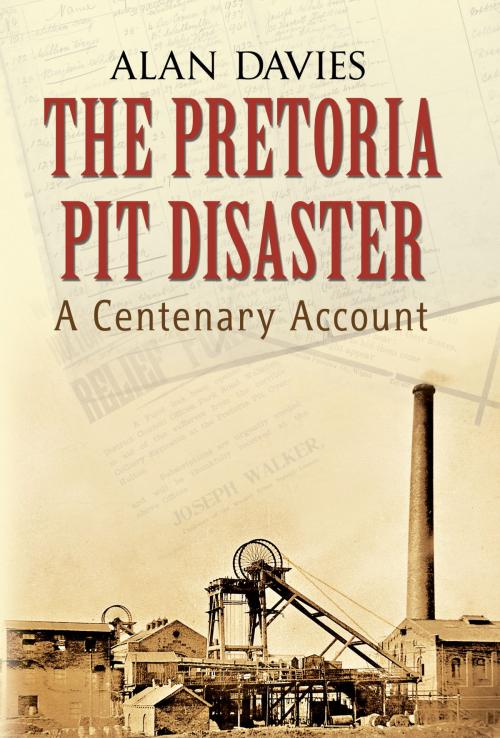The Pretoria Pit Disaster
A Centenary Account
Nonfiction, Science & Nature, Technology, Mining, Business & Finance, Industries & Professions, Industries| Author: | Alan Davies | ISBN: | 9781445623917 |
| Publisher: | Amberley Publishing | Publication: | November 15, 2010 |
| Imprint: | Amberley Publishing | Language: | English |
| Author: | Alan Davies |
| ISBN: | 9781445623917 |
| Publisher: | Amberley Publishing |
| Publication: | November 15, 2010 |
| Imprint: | Amberley Publishing |
| Language: | English |
On the morning of Wednesday 21 December 1910, 889 men and boys travelled the two 434- yard-deep shafts at Hulton Colliery, also known as Pretoria Pit, situated in Over Hulton, north of Atherton, Lancashire. Sunk in 1900, the colliery was plagued with emissions of gas, particularly after roof falls. By 7.50 a.m., the day shift was below ground, motivated to put extra effort into their work in the lead-up to Christmas. An explosion of methane gas occurred followed by a more powerful coal-dust blast. In the main section of the mine affected, 342 men and boys died, one in the deeper workings. Three survived from the main explosion district, one of whom died in hospital. A rescue man also died in the attempted recovery operation, making the death toll 344. Another 545 miners in the rest of the mine survived, although badly gassed. The Home Office Inquiry concluded that the explosion resulted from a gas ignition after a roof fall damaging a miner's oil safety lamp. The disaster was the third largest in British coal-mining history and might have been the second largest in Europe. As 2010 is the centenary various events are planned and a new monument is to be erected close to the church at Westhoughton, which lost 145 men and boys. This study brings together more images than any previous work, many not previously published. Transcribed sound recordings from those alive at the time, including a survivor, and press accounts add to the variety of source material.
On the morning of Wednesday 21 December 1910, 889 men and boys travelled the two 434- yard-deep shafts at Hulton Colliery, also known as Pretoria Pit, situated in Over Hulton, north of Atherton, Lancashire. Sunk in 1900, the colliery was plagued with emissions of gas, particularly after roof falls. By 7.50 a.m., the day shift was below ground, motivated to put extra effort into their work in the lead-up to Christmas. An explosion of methane gas occurred followed by a more powerful coal-dust blast. In the main section of the mine affected, 342 men and boys died, one in the deeper workings. Three survived from the main explosion district, one of whom died in hospital. A rescue man also died in the attempted recovery operation, making the death toll 344. Another 545 miners in the rest of the mine survived, although badly gassed. The Home Office Inquiry concluded that the explosion resulted from a gas ignition after a roof fall damaging a miner's oil safety lamp. The disaster was the third largest in British coal-mining history and might have been the second largest in Europe. As 2010 is the centenary various events are planned and a new monument is to be erected close to the church at Westhoughton, which lost 145 men and boys. This study brings together more images than any previous work, many not previously published. Transcribed sound recordings from those alive at the time, including a survivor, and press accounts add to the variety of source material.















